
Ignacio Zaragoza Seguín: My Story of Cinco de Mayo is funded in part by grants from the Texas Commission on the Arts and the National Endowment for the Arts. We are grateful for their support.
Arte Público Press and the author are grateful to Mei Leebron for her careful editing of the English version.
Piñata Books are full of surprises!
Piñata Books
An imprint of
Arte Público Press
University of Houston
4902 Gulf Fwy, Bldg 19, Rm 100
Houston, Texas 77204-2004
Cover design by Mora Des!gn
Cover art by Stephen Marchesi
Library of Congress Control Number: 2021935222
 The paper used in this publication meets the requirements of the American National Standard for Information Sciences—Permanence of Paper for Printed Library Materials, ANSI Z39.48-1984.
The paper used in this publication meets the requirements of the American National Standard for Information Sciences—Permanence of Paper for Printed Library Materials, ANSI Z39.48-1984.
Ignacio Zaragoza Seguín: My Story of Cinco de Mayo
© 2021 by José Angel Gutiérrez
Printed in the United States of America
August 2021–October 2021
Versa Press, Inc., East Peoria, IL
5 4 3 2 1
To my granddaughers Analee, Lucia and Camryn and to my grandson Maximiliano.
—JAG
Contents
CHAPTER 1
WHO I AM
CHAPTER 2
HOW MY PARENTS MET
CHAPTER 3
MEXICO WINS DEPENDENCE
CHAPTER 4
TEXAS WAR FOR INDEPENDENCE
CHAPTER 5
THE YEARS AT THE HOUSE BY THE PRESIDIO
CHAPTER 6
THE SAN ANTONIO RIVER
CHAPTER 7
THE BATTLES THAT CHANGED OUR LIVES
CHAPTER 8
OUR FAMILY IS NO LONGER TEXAN
CHAPTER 9
LIFE IN MATAMOROS
CHAPTER 10
HORSES AND GUNS FOR THE BOYS
CHAPTER 11
WHAT TO BECOME
CHAPTER 12
GLASSES AND GIRLS
CHAPTER 13
THE UNITED STATES DECLARES WAR AGAINST MEXICO
CHAPTER 14
HALF OF MEXICO BECOMES PART OF THE UNITED STATES
CHAPTER 15
A BIRTH AND A DEATH
CHAPTER 16
FALLING IN LOVE
CHAPTER 17
GENERAL IGNACIO ZARAGOZA SEGUÍN
CHAPTER 18
THE FRENCH INVASION
CHAPTER 19
THE BATTLES BEGIN

CHAPTER 1
WHO I AM
My full name is Ignacio Zaragoza Seguín. I became a general in the Mexican Army. My troops won the Battle of Puebla against the French on May 5, 1862, which is celebrated as a holiday known as Cinco de Mayo. This is the story of how I became a hero.
When I was growing up, I learned a lot from my parents, my mother mostly. In school, I always asked questions, but as I grew older, I learned a lot more from books. I always loved to read about history. Books were my special ships, capable of sailing to other lands in my mind.
My father, Miguel Zaragoza Valdés, was a handsome man and a soldier. The Zaragozas were a military family. This military tradition ended with me, though, because my sons died as infants. My mother’s side was the Seguín family. She was María de Jesús Seguín. Women got to keep their own last names when they married, which is what my mother did.
When my grandfather, José María, came from Spain to the New World as a soldier, he landed in Veracruz. He stayed there and started a family. My father was born in Veracruz, the port city where all those coming to New Spain would land. My father enlisted in the Spanish Army and in 1810 he was sent to Nacogdoches in Spanish East Texas. He was trained in the basics of loading and shooting his musket, as well as in the use of his bayonet.
Nuestra Señora de Guadalupe de los Nacogdoches, its full name, was a mission established in 1716 in Tejas. It was the oldest town in Spanish Texas and named after the indigenous peoples who used to live there, the Nacogdoches tribe. The word tejas, which gave its name to our region, came from a word meaning “friend” in the language of another tribe.
The French invaded this area of Tejas three years later and held the territory for a while. The entire region was given back to Spain by the French in 1773. Nacogdoches became an important trade route between the new republic to the north, named the United States, and New Spain. Captain Gil Antonio Ibarvo built a fort there. In those years, the people in New Spain were trying to get their independence.
I learned this and other stories during merienda, the snack we enjoyed every evening. My mother served her merienda with strong coffee and something sweet. I drank tea because I hated coffee. During these meriendas she would tell me story after story about my father. Elodio, my older brother, did not like to hear stories; he preferred to be outside playing.

CHAPTER 2
How My Parents Met
My mother, María de Jesús Seguín, was born at one of the five missions along the San Antonio River, the one named San Antonio de Valero. Missions were usually protected by forts called presidios. My mother was born in the Presidio del Espíritu Santo de la Bahía in southern Texas. She grew up there, and later I would spend part of my childhood there.
My father first saw my mother walking at the plaza in front of the San Fernando Cathedral in San Antonio. He was on guard duty at the army headquarters across the street from the plaza. That’s when my father asked some friends who the pretty girl was. He wanted to court María de Jesús.
My mother confessed to me that she knew he was not the best man for her because of his military duties. He was always going to be on patrol and spending days with other soldiers. She, nevertheless, fell in love and married him. Maybe because he was dashing or more down-to-earth or because soldiers earned regular pay. Soldiers and their wives did not have to farm or hunt for food like other frontier people did. Many of them also did not stay in the military forever. Mother hoped this would be the case with my father, that he’d leave the army and settle down.
My father finally learned her name and address. He boldly went to her house and introduced himself. Then he asked permission from her father to come visit her whenever he could, no trace of timidity or fear in his voice. In less than a year, he asked for her hand in marriage. Her father thought he would make a good husband; her mother did not. My grandfather-to-be gave permission for Miguel Zaragoza to marry María de Jesús Seguín with his blessing. On July 5, 1826, they married at the same place he first saw her, the Catedral de San Fernando, the oldest church in Texas.
The recently married Zaragozas soon started a family. Their first born was Miguel Elodio, whom we always called Elodio and not Miguel, like our father. I was the second son, born on March 24, 1829. My sister Genoveva was born in 1833 and, a year later, another girl, Elena. She died shortly after coming into this world. Dolores was born in 1842 and in 1845, the last boy, José María de Jesús Zaragoza Seguín, was born. I was sixteen years old by then. My clearest recollections, though, are of my older brother, not my younger sisters or little brother.

CHAPTER 3
Mexico Wins Independence
Over pan de polvo
Página siguiente

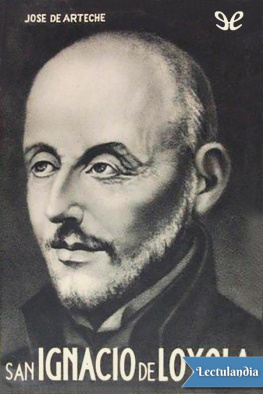
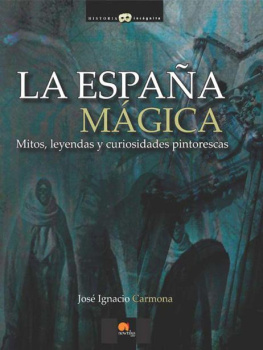

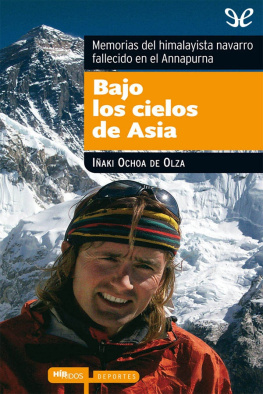
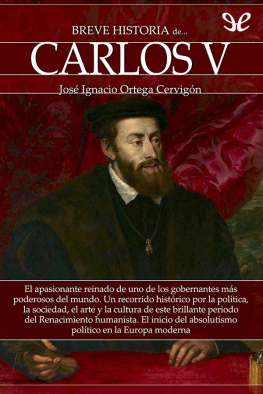
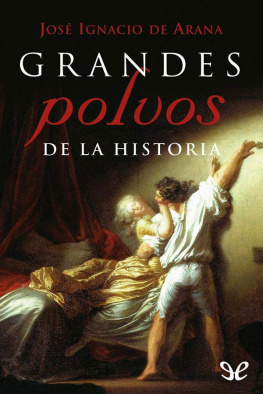
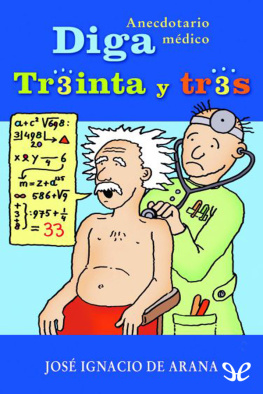
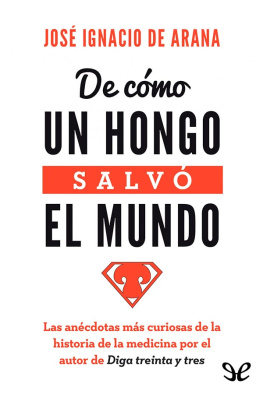
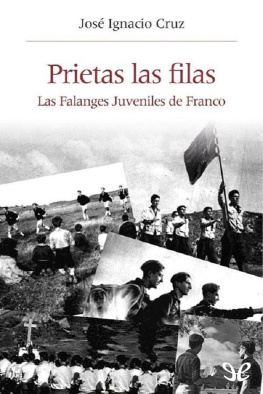
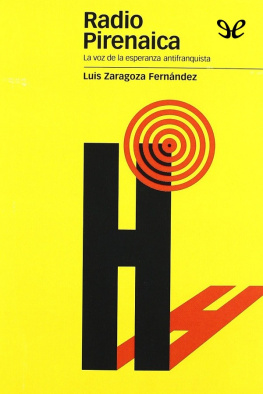
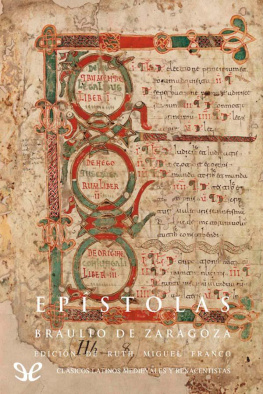

 The paper used in this publication meets the requirements of the American National Standard for Information Sciences—Permanence of Paper for Printed Library Materials, ANSI Z39.48-1984.
The paper used in this publication meets the requirements of the American National Standard for Information Sciences—Permanence of Paper for Printed Library Materials, ANSI Z39.48-1984.